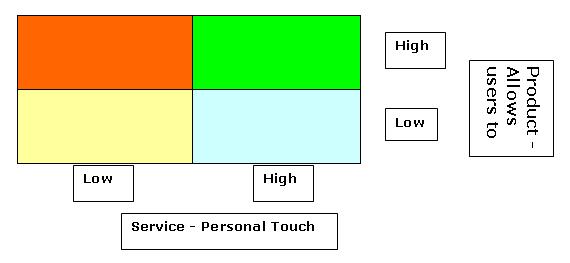Insight
Playing fortune-teller
- a POV on how corporations should build their USP
by Amit Agrawal - a POV on how corporations should build their USP
MBA, Working in CRM Technology
Placing a bet on future is always very risky – a fortune teller has to take into account factors that one thinks are likely to impact the future. Then one can go on to predict trends for those factors and thereby make a prediction for how the future is likely to be. This crisp Point of View (POV) article attempts to do the same. It ignores all but select few factors that one thinks are likely to impact the future and makes its proposition based on those factors.
Some illustrative pointers in recent past:
Social Trends: Globalization, Individualization, Migration, Impatience
Economic Trends: Improved incomes, higher disparity, higher risk, high aspirations
Governance trends: Responsiveness (driven by awareness)
Technical Trends: Disruptive technologies, Higher penetration
It is important to note that there is a lot of interplay across these trends noted above. For this POV however, we will focus primarily on social trends identified above. The reason being that customer needs are likely to reflect social trends as enabled/hindered by other factors, like technology, etc. We will explore the emotional bond that a customer creates with the products he/she consumes.
It is important to note that a USP is likely to be more profitable to the producer if it penetrates faster and therefore less likely to be replicated in near term. The product experience should allow the producer to charge a superior premium and hence justify investment into building the USP.
The two dimensions of the model being discussed from hereon are Product and Service attributes of the USP. Product attributes of a mobile phone service are tariff plans and network availability, etc. while service features are about the way call center people treat you, etc.
Based on the social trend of migration (thanks to globalization) and individualization of society, it is safe to forecast that technologies/products that allow users to connect better with themselves/others are going to do very well. Examples that support this hypothesis are – Art of Living courses, blogging, Yahoo Answers, mobile telephony, etc.
Based on same hypothesis – people are also likely to enjoy more services that make them feel better about themselves as they address their rising ambitions/aspirations and relish experience which makes them feel special.
The framework
The simplistic framework in figure below also makes an unsubstantiated assertion that Green cell will provide fastest penetration of the new offering and thus allow the innovator to skim the market for a longer duration – before replicas/me-too products arrive. (This is unsubstantiated because there is no research done by the author to support the assertion.)

Why it is a sensible assertion to make – is because if the product addresses the need to connect better, then it will have a faster acceptance. This product will fill a void and compel the consumers to try it out.
Further, if the service attributes around the product offering have a personal touch – then it would reinforce the emotional connect that consumer is likely to feel when trying out the product for the first time. This in turn will allow the producer to charge a premium from his target segment.
Similarly Orange box would be a drain on resources as there is lesser likelihood to commanding a premium. E.g. blogspace – no company has made a great business model out of it till date.
The turquoise box would connote lesser speed of penetration and probably lower catchment of target segment. However, it would still be possible to command a huge premium from those limited set of customers because the service element is very appealing.
Finally, the yellow box is where companies are unlikely to make money as the premiums that can be charged are low and the product would also not penetrate slowly. This would ensure that if the product indeed have potential – replicas would be available in the market before you can blink.
Conclusion:
Connect to your consumer and let him connect unto himself/others.
The views expressed here are his own and in his individual capacity.